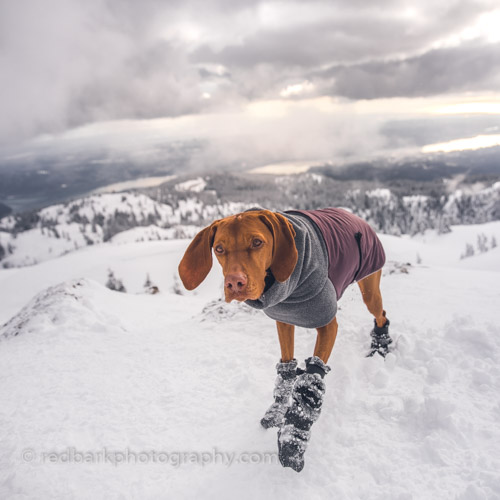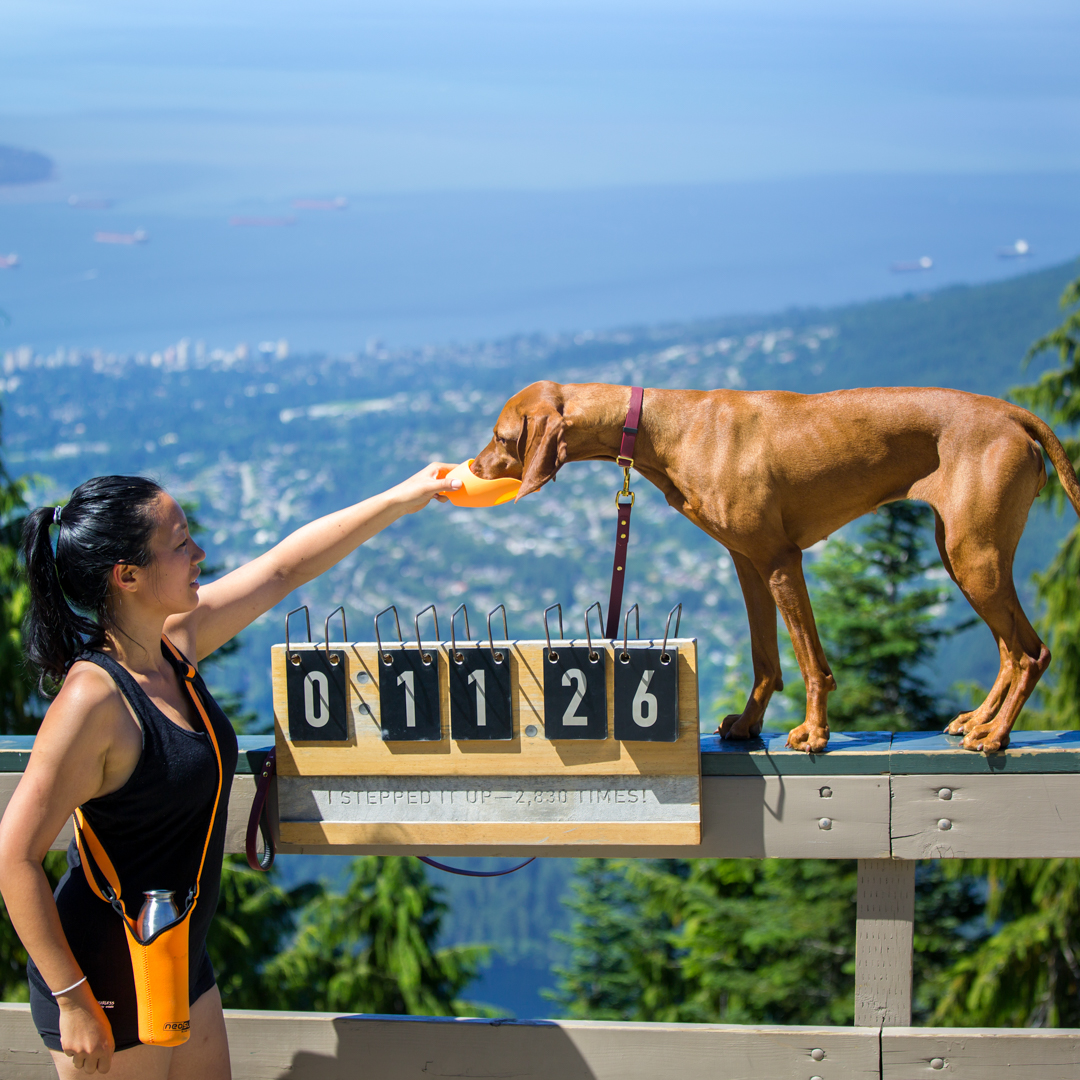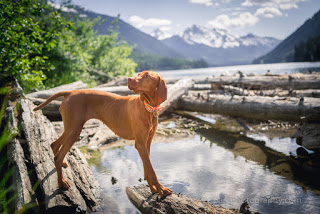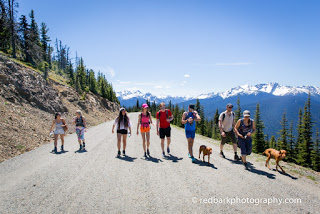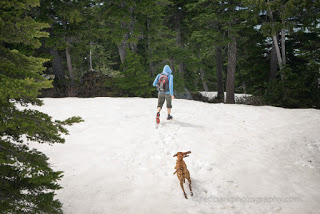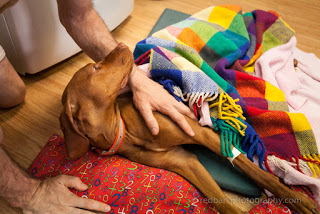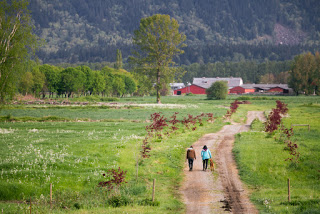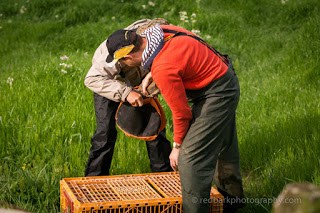
My current arsenal of lenses include the 17-40mm f4, 24-70mm mark 2 f2.8, 70-200mm f4, 50mm f1.2, 85mm f1.8, 135mm f2. When I hike, my current favorite is normally the 24-70mm. With the camera body, this is serious weight (2lbs for the body and 2lbs for the 24-70mm). It’s also pretty darn big hanging off your body as you scramble up rocks and it’s almost too big to hide under a spacious rain jacket if the rain starts pouring down unexpectedly. I have this camera for several reasons- I would like the option to print large and to seriously crop my images. For me, the full frame camera is great but I don’t think most pet owners want to carry such a large weight for those reasons. I’m also working in photography so have an “excuse” for a camera in this price range, and the willingness to carry the kit up and down the mountains. If you already own a dslr and the size/weight becomes an excuse to leave it behind, then I would not suggest anything larger.

I really believe the picture you take is always better than the picture you don’t take and a wonderful option are the mirrorless options that are out there now. I just LOVED the Fuji XT1 that we had. It was tiny, pretty tough in the rain, light, perfect for female hands, and the lenses were amazing quality. I much prefered the Fuji body but technically it didn’t stand up to the 5D. I’m also considering moving to the Sony A7 III, and may do soon enough, just for the potential of a better autofocus system (they have dog specific focusing that I’ve not yet tested). Mirrorless cameras include the Canon M100, Canon RP, Nikon Z6, the Sonys (thinking about moving to) and Fujis (I really love the Fuji body).

Another option is a cropped frame DSLR sporty camera that has great auto-focusing abilities but is smaller and cheaper than the full frame options. We used to own two cropped-frame Nikon D-90s that were wonderful and lasted 5+ years of photos. Cropped frame cameras include the Nikon D3500, D7200, D500, Canon 80D, Canon 760D, Canon Rebel (my first!), and so many others.
Lenses



Lens choices are personal. They depend on the type of photos you like to take, your ability to carry them, and the environment and situation you shoot in. I prefer zoom lenses in most places because as Whiskey moves, I can quickly adapt and get shots that are not just her posing in a certain location. I’m also usually in very restricted spaces where backing up is not an option (like a cliff) so zoom lenses really help with flexibility. In so many cases something amazing is happening and I wouldn’t have much time to switch lenses and I don’t want to be stuck on a prime without knowing what type of photo I’m taking before I start a hike. Also, Whiskey is trained to stay really close to me on trails, and unless my husband is with me, she’s not usually far away enough for me to control (pose) from a great length, so I don’t usually bring a long lens. Overall my go-to is the 24-70mm f2.8 mark 2 which is a big lens but covers most of the range and just captures wonderfully sharp images in difficult situations (ie flares, backlighting, little distortion). Of course, my ability to carry lenses up mountains and hikes severely restrict my options.


Primes are better if you are not hiking for hours with a pack on, or if you are aiming for a particular look with short depth of field. If we are going out for a photoshoot, I do love my 135mm. It’s a very specialized lens but has the creamiest bokeh and makes anything look great.


Remember, I shoot dogs which are shorter and smaller than humans so the same lens might not look the same for humans. I’m constantly trying to learn how to use and work with my lenses, and sometimes will just go out with one I haven’t tried in ages. The 50mm 1.2 is the hardest for Whiskey, the short depth of field with a camouflage dog seems like an autofocus challenge, especially in the forest or busy environment. I don’t have as much trouble with a person, but once I start adding foreground elements, it seems like everything including the ground, the trees, and the leaves have more contrast and interest for the autofocus to grab onto than Whiskey’s soft monochrome fur.














